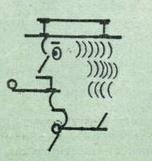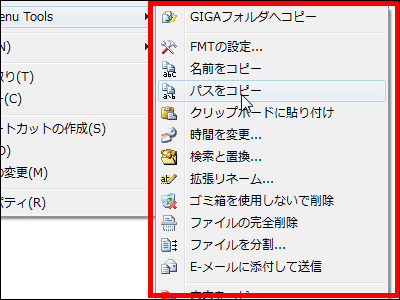How to effectively remove moiré, which tends to occur when taking pictures or creating illustrations?

Many people have encountered the phenomenon of
Moiré no more | Revue
https://www.getrevue.co/profile/shift-happens/issues/moire-no-more-688319
Moire is a pattern that occurs when you take a picture of a regular pattern such as a fence or an iron grill with a camera. For example, in the picture of the fence below, a stripe pattern that does not actually exist appears.

Also, in the picture taken of the white screen below, red and green patterns that do not actually exist have appeared. It is also known that

According to Wihary, moire is caused by a composite pattern created when two similar patterns overlap. Moire is sometimes incorporated as part of the design, but under general circumstances moire should be avoided, Wihary said.

Mr. Wihary suffered from the phenomenon of moiré while working to save photos contained in old books and newspaper articles as digital data. For example, if you scan the following black-and-white photo with a scanner ...

Like this, a dot-like pattern that does not actually exist appears. Also, if you reduce the scanned photo, different patterns will appear depending on the magnification. Click the photo below to see how different patterns appear when you actually zoom out.

According to Wihary, the moiré is due to the original photo being converted into a collection of small black and white dots when printed in a book or newspaper. So when archiving books and newspapers, Wihary decided to get the original photos and archive them instead of scanning the printed photos.

However, not all photo originals are available, and old or unknown photographers have no choice but to archive the printed photo. Therefore, Mr. Wihary decided to erase the moiré by applying image processing to the scan data in which the moiré occurred.
First, Mr. Wihary tried a method called 'adding a blurring process,' which is widely known as a method for removing moiré. However, this method also erases information other than moire.

Therefore, Mr. Wihary solicited a method for removing moiré through SNS. Initially, Mr. Wihary thought that complicated computer processing such as machine learning would be required. However, I received a reply from photographer and neuroscientist
The Fast Fourier Transform is simply a 'method of separating waves with overlapping different frequencies for each frequency', and as a familiar example, it is used in an equalizer that adjusts the output for each frequency during audio playback. increase. According to Mr. Wihary, when a photograph is represented as a kind of waveform, moire can be represented as a wave with periodicity. Therefore, Mr. Wihary decided to use the method of 'separating the moire part from the waveform of the photograph using the fast Fourier transform and removing the moire by deleting it'.
When Mr. Wihary actually applied the fast Fourier transform to the photo in question (left) using the image processing software Fiji, a regular white pattern (right) was obtained.

Wihary successfully removed the moiré by removing the white pattern obtained by the Fast Fourier Transform and performing an inverse Fourier transform. In the image below, you can compare the difference between immediately after scanning (left) and after removing moire (right) by moving the slider left and right.
Comparing the photo with moire removed by blurring (left) and the photo with moire removed by fast Fourier transform (right), the luggage loaded on the loading platform and the characters written on the rear of the car body are fast Fourier. You can see that it can be reproduced more clearly by using the transform.
Wihary states that he will proceed with his writing work using the moiré removal method using the Fast Fourier Transform.
Related Posts:
in Note, Posted by log1o_hf







